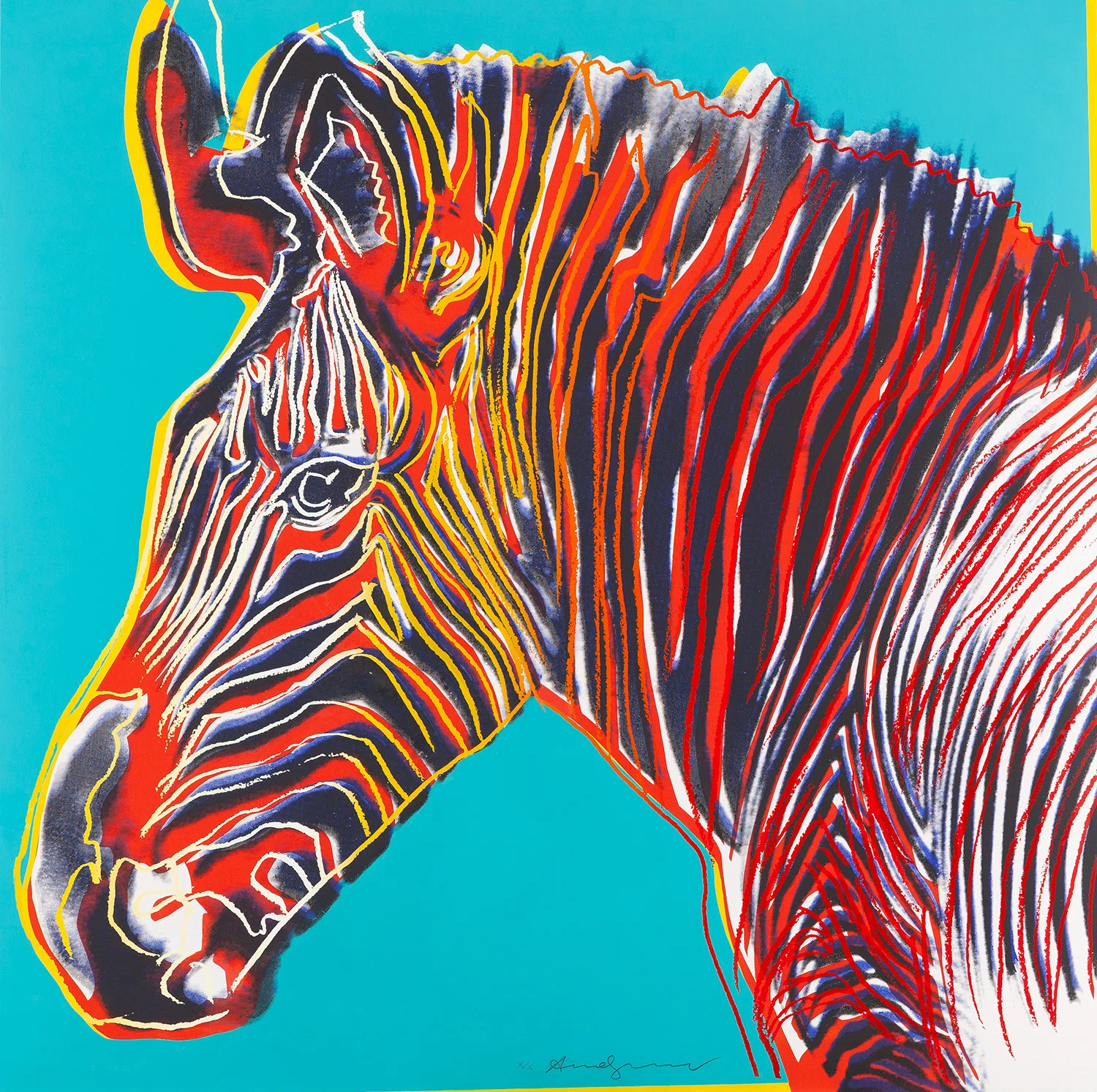Andy Warhol - legendary man
The genius of Andy Warhol was shaped in his childhood and his close relationship with his mother. It was she who introduced him to the world of art, and they would spend every free moment cutting out pictures from colorful magazines and creating various collages. Soon, his talent was also noticed by the editors of New York magazines, with whom Warhol had met shortly after completing his studies in applied art at Carnegie Mellon University in Pittsburgh. He began receiving commissions from music labels and theaters. He spent his free time experimenting with various printmaking techniques, among which screen printing gained particular recognition.
Warhol embraced American egalitarianism and independence, experiences he had not previously had as the son of poor immigrants. His trademarks were his platinum hair, safari-style jackets, and transparent-framed glasses. He found inspiration in everyday objects, photographs of celebrities, and advertising slogans - all of these subjects were treated equally in his works, elevating them to the status of main protagonists. In 1963, Warhol's repertoire expanded to include album cover designs, coinciding with the opening of his art studio in Manhattan. This studio, known as The Factory, became a meeting place for the most famous visual artists, directors, musicians, writers, and drag queens.
In 1983, Ronald and Frayda Feldman, longtime patrons and collectors of Warhol's works, proposed that he create a series titled "Endangered Species," depicting threatened animal species. The discussion between Feldman and Warhol also revolved around the erosion and gradual destruction of the beach in Montauk, which the artist owned a part of. The actions related to "Endangered Species" became a collective commission in which crucial decisions regarding graphic production and color palette were made with the involvement of the artist's assistants. Simultaneously, his works from the 1980s exemplify the synergy between subject matter, style, and contemporary cultural context.
Warhol's actions have left a lasting impact on the development of American pop art as a movement that stands in opposition to assemblage aesthetics. They were closest to the form of "pictures" devoid of specific narratives and individualization, posing questions to the viewers about the boundaries between reality and artificiality, high art and mass culture, abstraction and figuration, and the interdependence of the effects of manual and mechanical work. Warhol was a total artist, and his greatest work of art was himself, as noted by Blake Gopnik, the author of a 900-page biography of the artist. He was called an enigmatic man, reserved and secretive, with a nature that was eccentric, peculiar, and demonically genius. He left behind numerous works that blurred the boundaries between different artistic disciplines. Meanwhile, the copies produced by him, which may evoke mixed feelings, are now exhibited in the world's largest museums and sold for millions of dollars.


